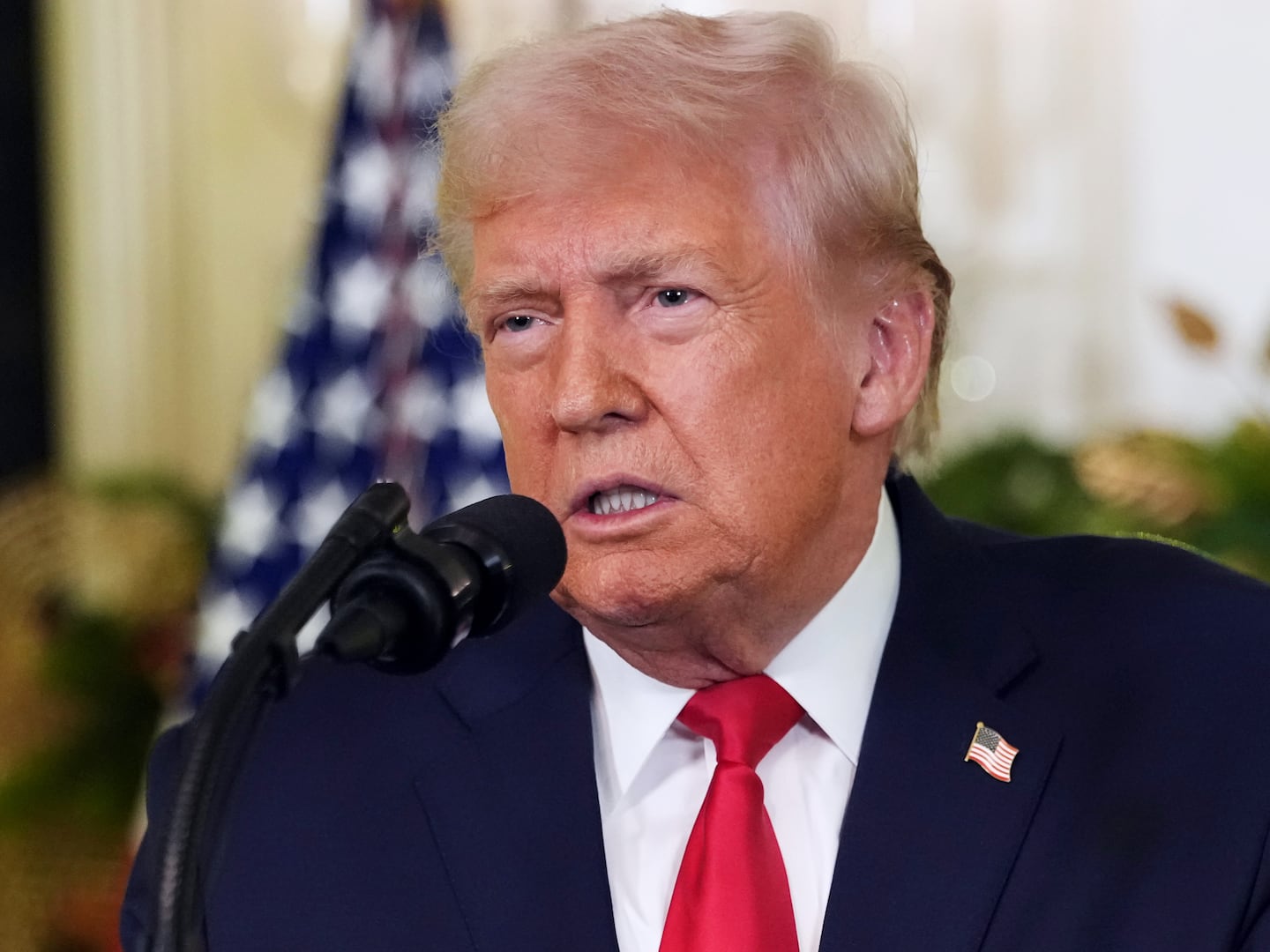Talks resume tonight and Middle East commentators are back in business: delayed justice, sublime cities, global pressures. But you won't find a more sensible starting point for thinking about what's at stake than this curiously moving piece by my friend Glenn Yago, about the sewage that pollutes the Kidron Valley, and the urgent opportunity both sides have to cooperate in the clean-up:
Most of the sewage can be converted to useable agricultural water. [A projected] facility will not only purify the sewage, it will return purified effluent back to the farms of the valley for agricultural and tourism development. Using proven wastewater recycling technology will solve this problem; Israel already recycles 85 percent of its wastewater. Technology transfer to the Palestinians will mean they can stop pumping scarce groundwater for agriculture needs and have greater resources for economic growth, food exports, and new jobs from tourism. Cooperative work by Israeli and Palestinian experts and local officials have already documented how this could work by setting up a sub-sovereign integrated water basic management district that would benefit all enhanced economic activity in the region without compromising eventual border issues. More than 14 major Transboundary Rivers like the Rio Grande, Danube, Elbe, the Mekong and many others are all managed in this way that minimizes conflicts through integrated water basin management.

Yago is looking at the problem from the ground-up. And he is seeing what anyone would whose head is not in the clouds: a two-state solution evolving, if at all, from one urban infrastructure. As I've argued here before, Israel is no longer the state envisioned in 1948—and not only because in 1967 it bit off, without quite swallowing, what was left of Arab Palestine. In 1948, the area was sparsely populated with Arab agricultural villages and Zionist collectives, and rivalries erupted over hilltops. Today, Israel and Palestine exist together as a globalized, networked, densely populated, citified land: approximately the size and scope of Greater Los Angeles or Chicago—less than 10,000 square miles; an arc-shaped, Hebrew-speaking megalopolis of about 6 million Jews, from Beersheba to Haifa and on into the Galilee; a string of hybridized Israeli Arab cities—home to another million and a half people; and, across the Green Line, an Palestinian Arab state-in-the-making of 3 to 4 million, more with returning refugees, increasingly integrated with the economic life of Tel-Aviv and Amman.The main obstacle to building an entrepreneurial base in Palestine is the occupation. There are not enough freedoms and mobility to develop talent or scope markets, and so forth. But this does not mean negotiators should be preparing to separate the populations. They could not do so even if they wanted to; and their problems are actually easier to solve when they recognize that independence for Israelis and Palestinians must anticipate, and eventually celebrate, infrastructural integration and political interdependence—regionally and globally.
Israelis need intense cooperation with Palestine and the U.S. to assure that its population centers, airport, etc., are not vulnerable to high tech terror. Palestinians will need intense cooperation with Israeli businesses to avoid economic calamity. The percolation of know-how into Palestine from Israel and Jordan will eventually matter more to Palestine’s urban development than any financial capital it may receive from Western Europe or the Gulf States. Israel has as much to gain from Palestinian know-about, from regional economic partnerships with Palestinians and Jordanians, and from drawing, say, medical tourists from Saudi Arabia, Dubai and Qatar.
Or just think about toilets, where the vanities of “self-determination” find their most obvious limits. Israel and Palestine, interlocking (city-)states will have to reciprocate when it comes to security cooperation and Jerusalem. But there will also have to be reciprocal, even confederal, institutions for sharing water, bandwidth and telecom, tourism, health delivery and control of epidemics, labor law, certification and integration of tourist services, banking and currency controls, roads and bridges, railways, construction standards, and so forth. This is the deceptively pedestrian vision negotiators should be keeping in mind, along with flags, passports, and historical grievances.
"The good news," Yago writes, "is that technology and economic development can solve this problem and increase the opportunities for growth that make co-existence much more likely than endless conflict. By restoring the Kidron Valley, a unique, internationally significant heritage district will increase the number of Christian, Muslim and Jewish pilgrims, eco- and archaeological tourism, and spur agricultural development throughout the Kidron to Jericho and throughout the Jordan River Valley in both Israeli and Palestinian territories."
Life is more than material decency, Yago implies, but it begins in material decency. He might have added that land is only one source of the wealth of nations, and unless you are a Physiocrat, hardly the most important.






